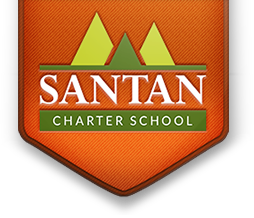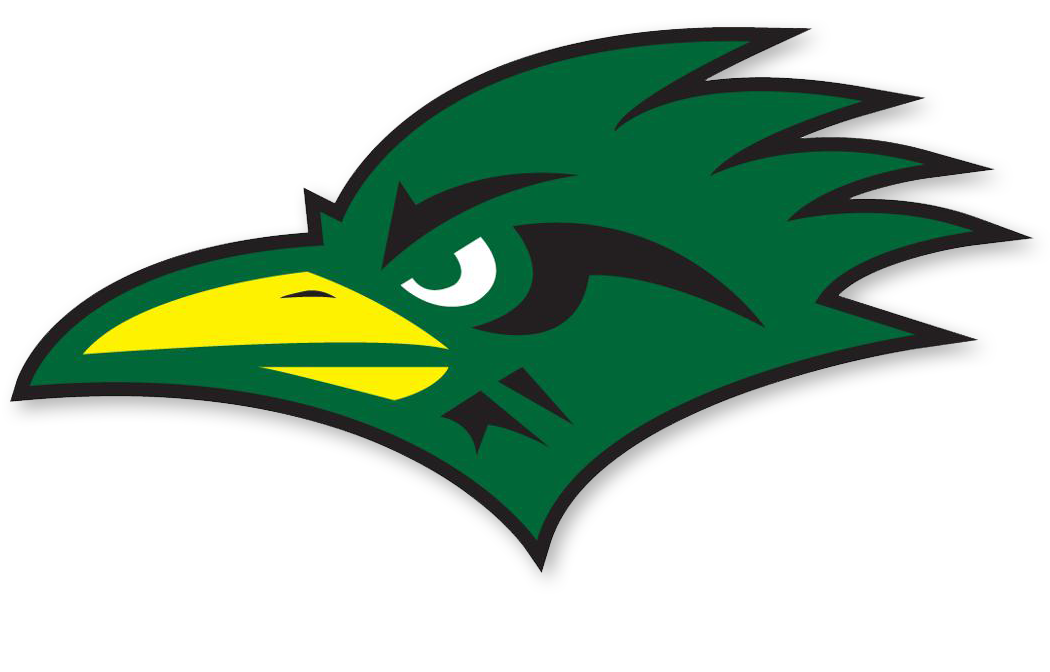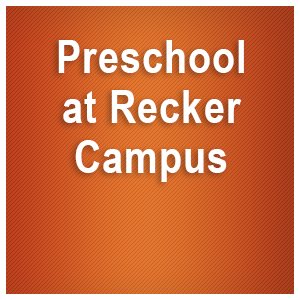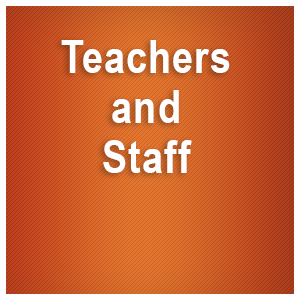Week 20: January 3-6
Welcome back everyone! It’s 2023 and I can’t believe how fast 2022 went by! You know how they say that it takes 21 days to form a habit? Well, apparently I will need to write 2023 at least for another 20 days to get into the habit. Can you relate? It’s always best to start the new year off with a bit of humor, even if we are laughing at our own silly mistakes.
Spanish 2: This week in class students are interviewing their partners in Spanish to find out how they celebrated Christmas, the gifts they gave and received, other things they did on the winter break and three goals that their partners have set for the new year. The purpose of this assignment is to ask and answer questions mostly in the preterit tense. The students were challenged by this assignment and did some excellent brainstorming with their partners. We will also be doing two Duolingo assignments with past tense for bell work on Tuesday and Thursday of this week and we will be creating a new Quizlet and a new word wall. Next week we will learn about Latino art and learn vocabulary in context as well as in a dialogue.
ASL 1: This week in class students will be completing a written assignment based on an article within the ASL University curriculum, called ASL: A Brief Description. This assignment requires students to cite text evidence, which is a skill that is required in English, Social Studies and Science classes and adds a cross-curricular component in addition to teaching students more about the culture and history of ASL. Students will also be completing Lesson 16, which they should sign by Friday. Next week students will review lessons 1-15 as bell work, have another ASL history or culture related assignment and they will complete lesson 17.
Spanish 1: I always look forward to teaching the first week in January because in Spanish classes we learn about and celebrate El Día de los Tres Reyes Magos (Three King’s Day). El Día de los Tres Reyes Magos is celebrated on January 6th each year and is equally important a holiday as Christmas in many Latino countries. This celebration is based on the story of the Three Wise Men who travel to Bethlehem to bring gifts to the baby Jesus. Children in the countries that celebrate this holiday sometimes write letters to the three kings, asking them for gifts and leave their shoes, or a shoebox filled with hay at the end of their beds on the night of January 5th. The hay is for the livestock who carry the kings on their long journey and is in hopes of receiving a present in return, much like leaving carrots for reindeer and cookies and milk for Santa at Christmas. On January 6th families also share a Rosca de Reyes or King’s bread which is in the shape of a circle or crown. Below are two videos that will help you to understand this fun Latino tradition.
https://www.youtube.com/watch?v=gdUJISxRZKc
https://www.youtube.com/watch?v=I_ltbPANG2w
Next week we will be learning how to conjugate verbs ending in -er and -ir in the present tense. We will also complete Duolingo for bell work, study a new quizlet and create a new Word Wall.
ASL 2: This week in class students will be completing a written assignment based on an article within the ASL University curriculum, called ASL: A Brief Description. This assignment requires students to cite text evidence, which is a skill that is required in English, Social Studies and Science classes and adds a cross-curricular component in addition to teaching students more about the culture and history of ASL. Students will also be working on a new set of country sentences (due Thursday) and lesson 46 (due Friday). Next week we will be completing another ASL cultural assignment, country sentences and lesson 47.
It was great to see all of the students with their smiling faces today! Have a great week!







